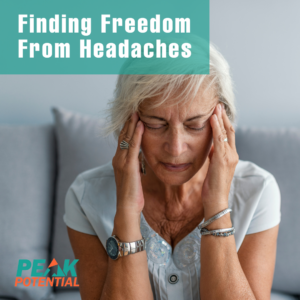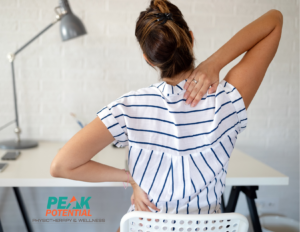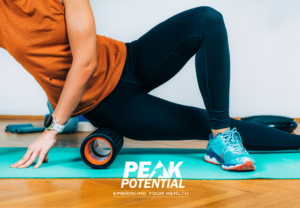
A recent study confirms what we all probably already knew. As adults, we tend to become much less active as they reach their midlife years. For example, yesterday my 7-year-old son beat the entire family in our Fit Bit challenge with 28,942 steps AND he had it off for 2 hours while swimming at the pool.
Need more proof? Researchers at the University of Texas completed a large scale study of activity levels among subjects 38 to 50 years old. As they followed them for ten years, they expected that intense training and activity would decrease, but they were surprised to find a decline in ordinary daily activities like walking as well.
We like to think of a decline in activity to be an issue for those in their “senior” years, not something that will effect us at mid life when we are supposed to be going strong. It’s actually a serious issue, because after about age 30 we start to lose bone and muscle mass and gain weight more easily. In addition, our heart starts to become smaller and less flexible.
The good news . . . research also shows us that at ANY AGE we can start to turn back the clock with regular and appropriate exercise. But, let’s not wait until our elderly years when we can actually see the results of bone and muscle loss. If we want to beat the odds, it’s important to start making choices in mid life that will lower our risk for serious conditions like osteoporosis, obesity, cancer, diabetes, and dementia.
Consider these tips for staying active and living healthy for those of us in mid life.
-
Condition Your Heart
Cardiovascular exercise is key to keeping your heart muscles flexible and powerful. Interval training, where you alternate between higher and lower intensity movements is show to be especially effective. Start out gradually and talk with your physical therapist or physician if you have any concerns.
-
Train For Strength
Our muscle mass declines by almost 10% each decade after age 30 – that is if we do nothing to build or maintain. Lifting weights or using your body weight can help you hold onto both your muscle and bone mass. Being leaner will also enable you to burn more calories even at rest.
-
Build Your Core
Your abdominal and back muscles are especially important for healthy aging and overall strength and balance. While you can not spot reduce when it comes to losing fat, you can firm up your midsection to look firmer if extra pounds have been settling around your waist.
-
Stretch Out
Flexibility exercises protect your mobility, extend your range of motion, and prevent injury. They may even reduce the discomfort associated with arthritis and back conditions. Finish each workout with some stretches or do them while you watch TV at the end of the day.
-
Work on Balance
Being steady on your feet isn’t something we typically start worrying about in our 30’s, but we should. Maintaining and improving balance as we age reduces the risk of falls and may sharpen our thinking. Practice yoga, Pilates, Barre, or just stand on one foot while you brew your coffee or brush your teeth.
-
Check Your Posture
Correct alignment reduces pressure on your joints so you can move more comfortably and efficiently. Make it a habit to lift and broaden your chest and zip up through your middle (pulling your hips and pelvis together).
-
Move More Daily
Use your daily routines to maintain fitness and a healthy body weight. Walk to the store instead of driving. Take the stairs instead of the elevator. Just get up and move more!
Even if you were never very active as a younger adult, you can make your mid life years the start of a healthy and fit future. Staying active will give you the strength and energy you need to continue enjoying the things you love.
Want to know more about lifelong training and getting fit? Download our Free Report that gives you the secrets professional athletes use to lengthen their careers and stay in their best shape. Click the link below for the Free Download.




